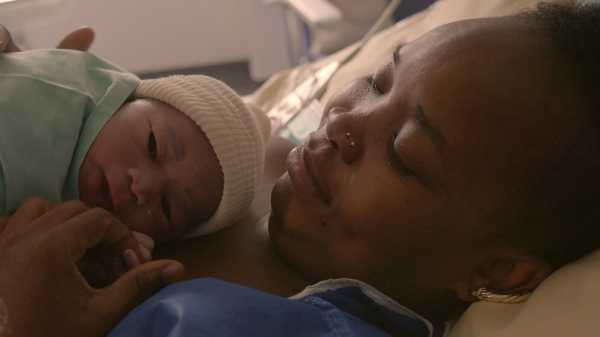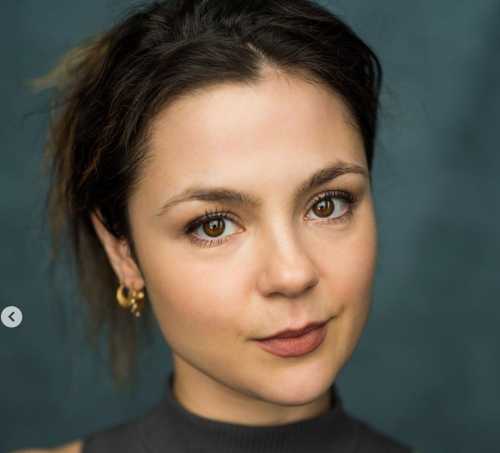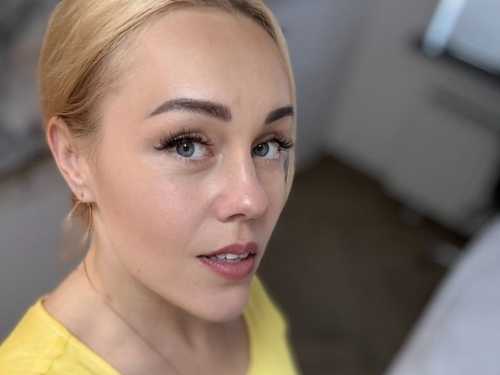
Save this storySave this storySave this storySave this story
The veteran French filmmaker Claire Simon’s new documentary, “Our Body,” explores the lives of patients and doctors in a women’s hospital in Paris. Nearly three hours long, it is a work of vast emotional scope, and Simon, who worked as a film editor in the nineteen-seventies and eighties, endows it with a grand conceptual framework to match, moving from conception and birth to old age and death, and from the observational to the confessional.
Now in her late sixties, Simon trained as an ethnographer, and her breakthrough film, “Récréations” (1993), reveals the social conflicts acted out during recess in an elementary school. The new film (which opens Friday at Film Forum) does something similar, probing the surface of the stories we witness to reveal the intellectual infrastructures—scientific, administrative, legal, political—on which modern health care depends. For all its analytical depth, this is, above all, a film of terrifying vulnerability. Simon, who does her own cinematography, continually displays a tremulous attentiveness to the everyday dramas experienced by those who must entrust their bodies to the expertise of strangers. The hospital, she says in voice-overs, is “a mostly female world” where each person arrives “with their own story.”
Simon deftly establishes the high stakes involved with two early sequences that focus on procedures fraught with political controversy: abortion and gender confirmation. A fifteen-year-old girl seeking to end her pregnancy and a seventeen-year-old trans boy discuss treatment options with their respective doctors. (One of the ground rules of filming at the hospital was that no patients’ names be used.) The gravity of the abortion consultation is reflected in the mise en scène, which plays like a confidential collaboration between Simon and the girl, who is wearing a jacket with a hood and whom Simon films entirely from behind. The girl allows Simon a precisely calibrated degree of access, maintaining her privacy—not from the law (the procedure is legal) nor from her family (who know of her plan) but from the scrutiny of the wider world.
Often the film acts like a political X-ray, laying bare the intrusions of law in medical matters. The trans boy’s mother is supportive and attends his consultation, but because the boy’s father is, as the boy says, “uncoöperative,” he can’t begin full hormone therapy until reaching eighteen, the age of majority. The doctor also informs him that, though he can freeze his eggs before beginning hormone therapy, surrogacy is illegal in France. The boy tells the doctor that his father’s disapproval has meant another ordeal: though he came out two years earlier and took the name Aslan, his school refuses to use this name unless both parents approve of the change. The scene brings to mind Sébastien Lifshitz’s 2021 documentary “Little Girl,” in which a trans child in a small French town faced bureaucratic persecution at school. Simon’s film likewise thrives on the contentious boundary between the laws that govern people’s lives and the lives people actually lead. (For American viewers, the film points up, too, the economics of health care: there isn’t a word about money or insurance approvals.)
Medical issues of sex, gender, and reproduction involve basic sources of human identity in a particularly intimate way, and the doctors here function essentially as psychologists alongside their formal practice. There are mastectomies, endometriosis surgeries, and artificial inseminations. There is a newlywed couple whose sex life is hampered by pain during intercourse; a young woman facing cancer treatments that will almost certainly destroy her chances to have a child; a new mother whose baby nearly died during delivery; an elderly woman who learns, in shattering discussions with her doctor, that her cancer isn’t responding to treatment and that she will be transferred to palliative care.
The emotional toll of such scenes is amplified by a strange coincidence. The film was shot in the fall of 2021, making it, among other things, a crucial document of the COVID pandemic. Almost everyone is masked throughout, which has the effect of thrusting dialogue to the fore; participants’ masked faces provide a sort of cinematic tabula rasa on which their conversations are imprinted. (In one exemplary moment, a doctor asks a patient to lower his mask and does the same himself so that they can become acquainted with each other’s appearance, if only in a few seconds.)
If the power of the doctor-patient bond is the beating heart of the movie, Simon also shows how that relationship is undergirded by the enormous role of technology in treatment. The most astonishing moments aren’t those of childbirth (though scenes of both vaginal delivery and Cesarean section, have an overwhelming, primal impact) but, rather, those of high-tech medicine in action. In a surgery to correct endometriosis, the actual procedure is performed robotically: tiny surgical instruments are manipulated by a doctor working at a computer with video-game-like controls; another doctor, monitoring progress on a large video screen, calls out the steps to be taken. There’s also cinematic drama in a sequence involving in-vitro fertilization: the harvesting of eggs and sperm seems both delicate and straightforward, but the decisive maneuver of fertilization—the piercing of an egg with a microscopic hollow needle that implants into it a sperm cell—plays like a science-fiction spectacle with supernatural overtones.
Simon’s technique—extended takes that follow intricate discussions—has been compared to that of the American filmmaker Frederick Wiseman. But she has, for decades, put the method to very different uses, in such films as “Mimi,” “The Competition” (a.k.a. “The Graduation”), and “Young Solitude,” most of which are undistributed here. Wiseman, going beneath the surface of American individualism, explores public and private institutions that foster and sustain the myth of the independent individual. But in France, where Simon works, a constitutionally enshrined principle of secularism officially admits of no group identities (including religious or ethnic ones) other than French nationality. In the face of a national bureaucracy that manifests official Frenchness in public life, Simon probes the daily experiences of French people, exploring the unofficial communities and authentic affective connections on which French society actually runs.
In an opening voice-over, Simon explains that she started work on this film because her producer, Kristina Larsen, was receiving major treatment at the hospital. Simon felt a sort of eerie reverberation from the gravity of what she was seeing: “When I first arrive at the hospital entrance, I say to myself, ‘I hope I’m not going to catch cancer here.’ ” While working on the film, Simon does indeed receive a diagnosis of breast cancer, and her own treatment at the hospital, including a mastectomy and chemotherapy, becomes a small part of the film. Her doctor acknowledges the concern that, after the surgery, her decreased arm mobility could affect her work as a filmmaker. Spoiler alert: Simon, at film’s end, is in remission and is healing. It’s a mark of her art that her personal experience coalesces with the rest of the movie and doesn’t break its texture or mood. The “Our” of the title is well earned. Simon films the lives of others with an empathetic passion that transforms observation into deep and resonant subjectivity. ♦
Sourse: newyorker.com






